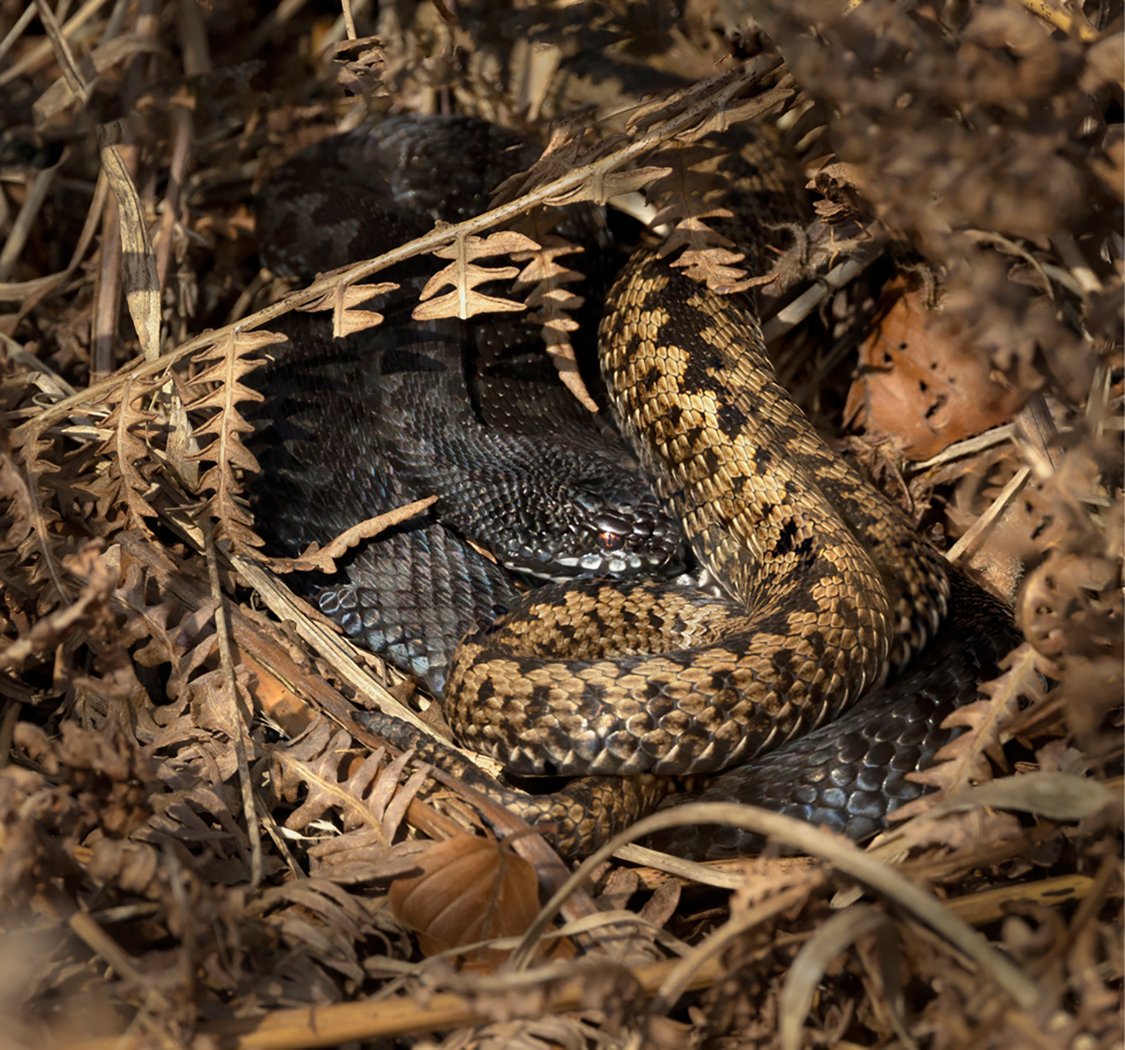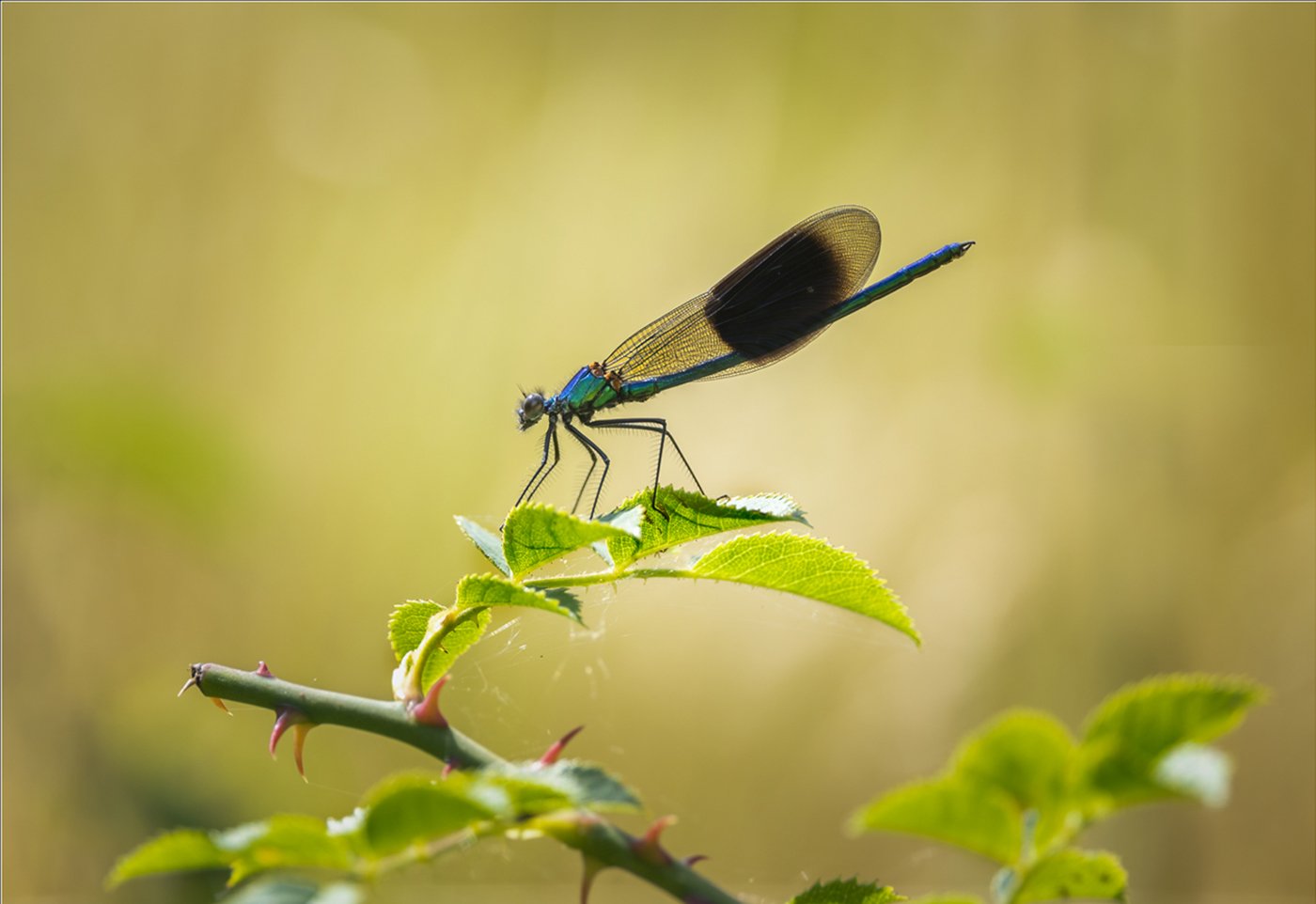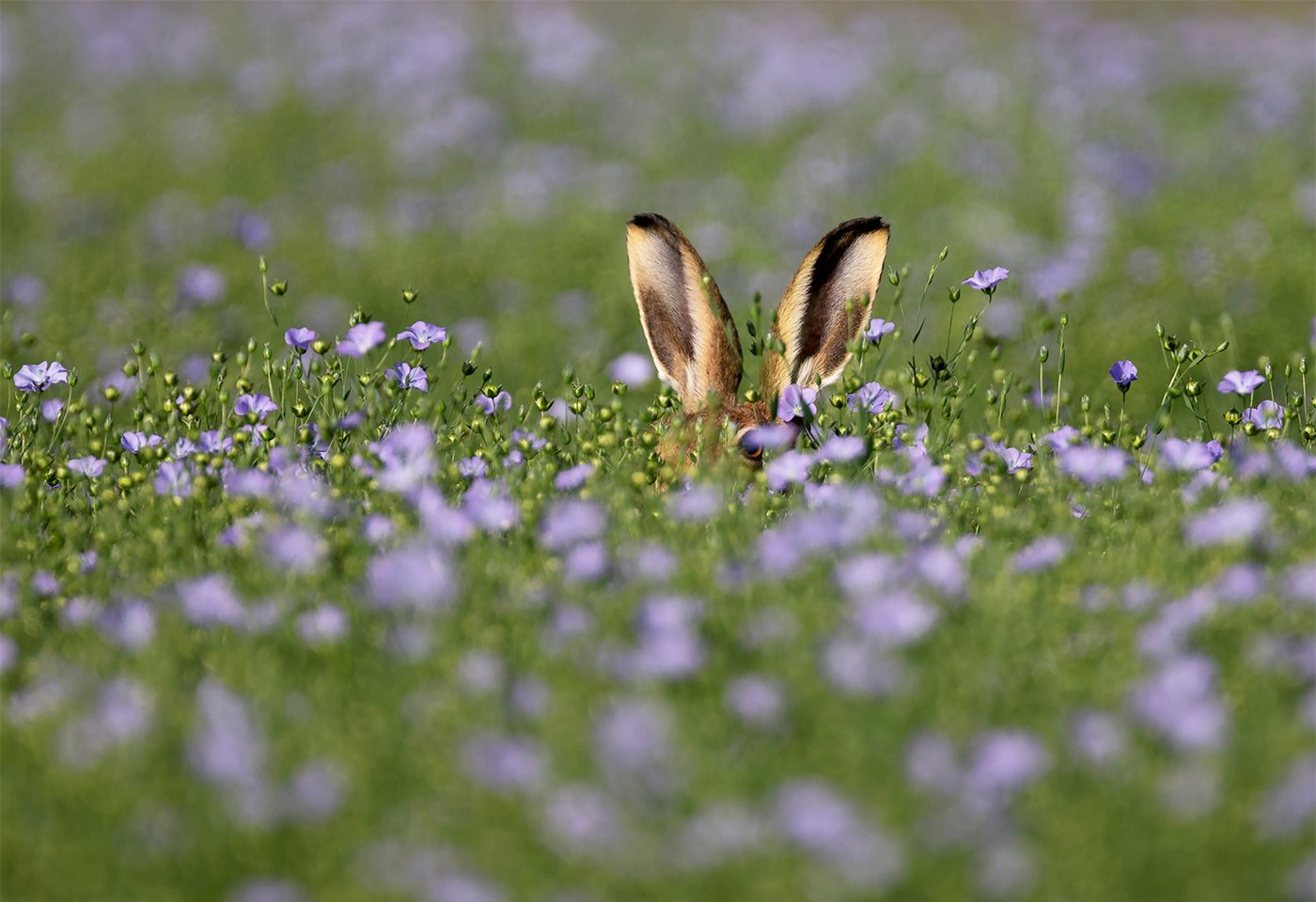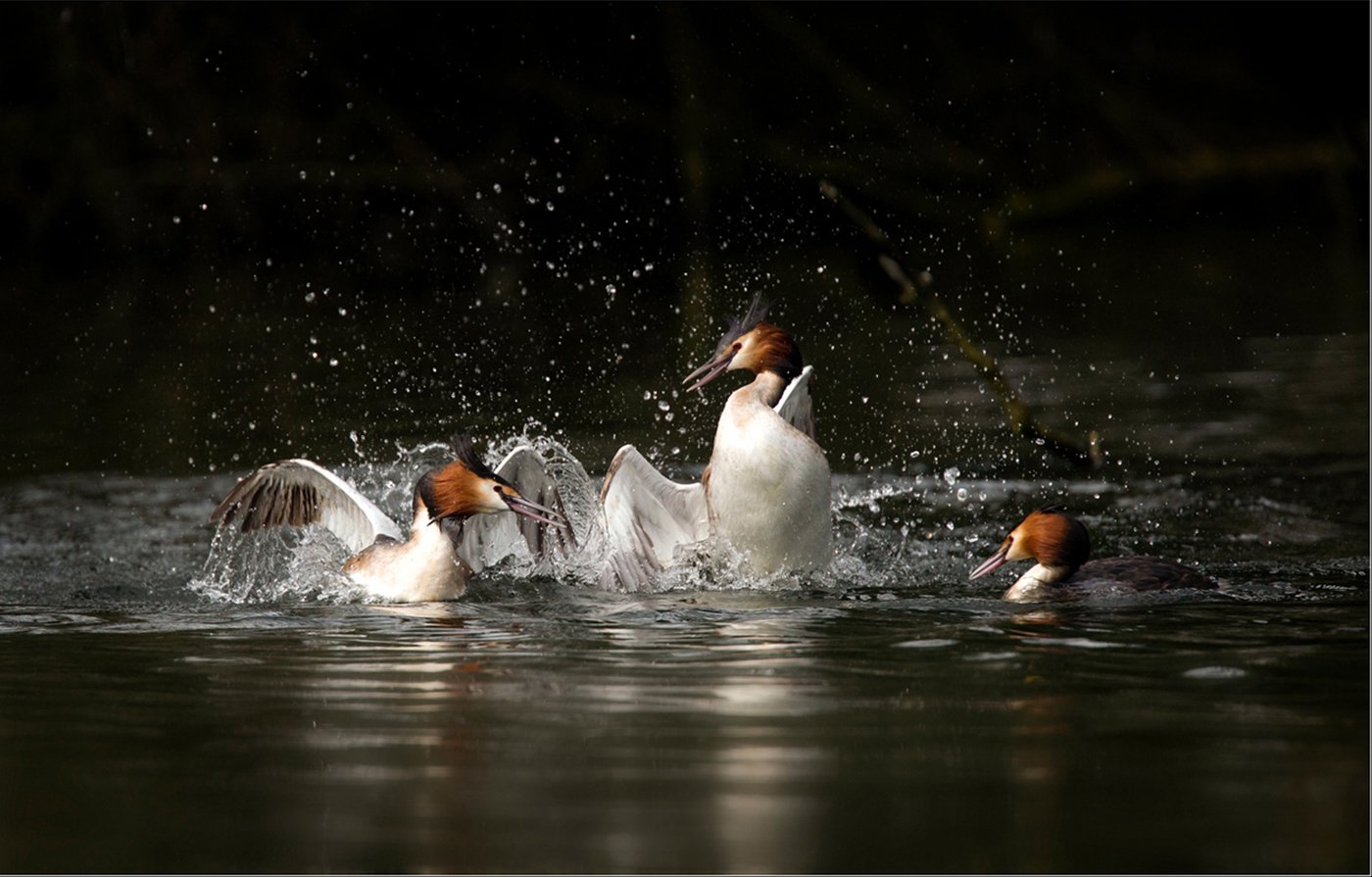Wildlife and Landscape Possibilities in Epping Forest by Peter Warne
Peter began his inspiring talk by describing the Forest which covers an area of 6,000 acres and is 12 miles north to south, 2.5 miles wide and represents the remains of an ancient royal hunting forest.
He began with descriptions of water features. First up was Highams Park, accessed from a train line from Liverpool Street or parking on the road. The drain from the lake provided photo opportunities with lots of water birds: black headed gulls, moorhens, coots, cormorants and herons. Lots of colourful birds also; parakeets and green woodpeckers. There are even lots of rats living in the area.
Then Connaught Water, on the River Ching. This area you have to drive to and it is very, very popular and there is a charge for car parking. Again, there are interesting birds - nuthatch, tree creeper, kingfishers (who fish the ditches), green and great spotted woodpeckers and grebes. In addition there are 5 pairs of breeding herons and, oddly, terrapins!
The third pond was Wake Valley Pond. From the Wake Arms roundabout the Wake Valley car park in Lodge Road is accessible. Here Peter mentioned dragon flies, the Downy Emerald, emerging in May/June. These form food for ducklings and wagtails. Also in this area is a piece of heathland, a great backdrop for dawn landscapes, grass snakes, adders and lizards.
Next Peter moved on to slime mould, funghi and rotting trees. Only a few funghi are poisonous when eating leads to death! Choose with care. He gave descriptions of photo techniques of how to capture these very small plants.
Peter finished with a description of Copped Hall, where he has responsibility to monitor wildlife. Another exciting area with red kite, kestrels and buzzards.
Our thanks to Peter for an excellent presentation which can best be described by the comments left by members: "fascinating and inspiring", "fabulous images", "absolutely fascinating”. Our thanks Peter for so many tips for our own visit to Epping.
We look forward to seeing Peter in person later in the year when he normally visits North Norfolk.



![GOLDEN MORNING [EPPING FOREST] - copyright Peter Warne](https://images.squarespace-cdn.com/content/v1/5caf38950b77bd36590f1b37/1695191917582-VNB6PV2XOJQFKBEANXC5/Golden+morning+copy.jpg)

